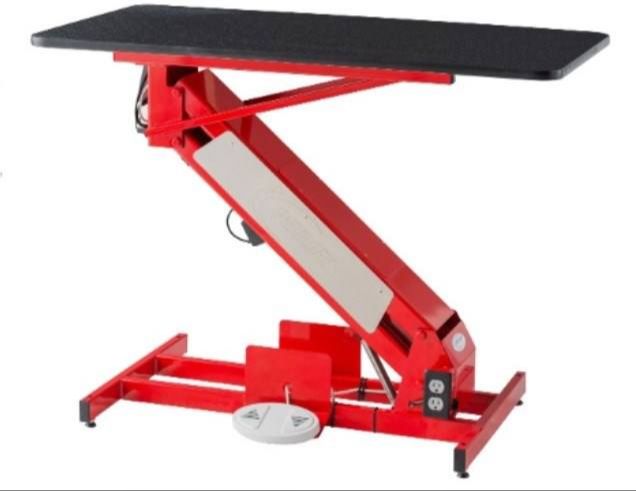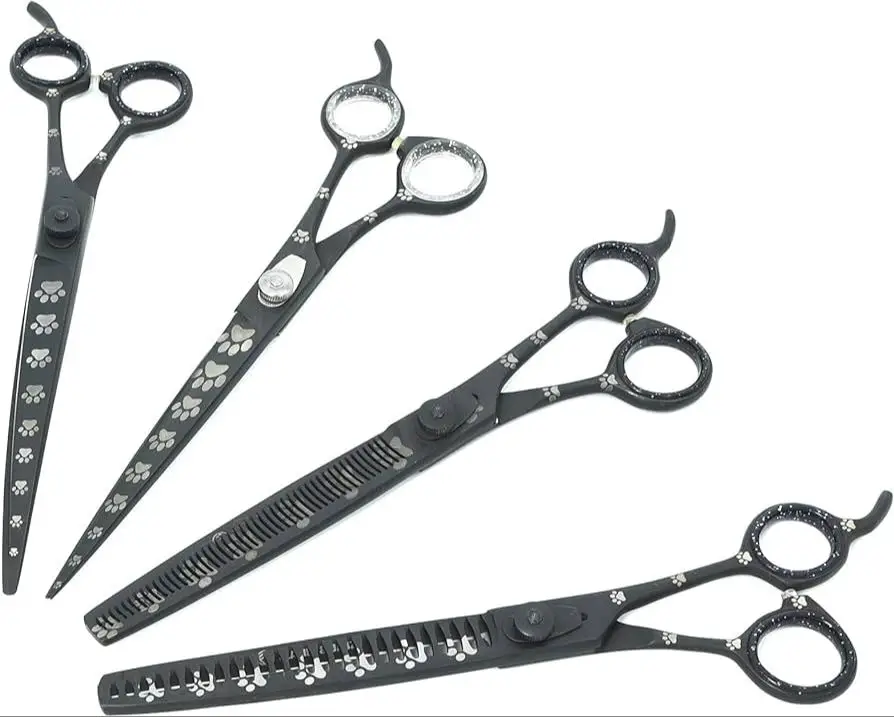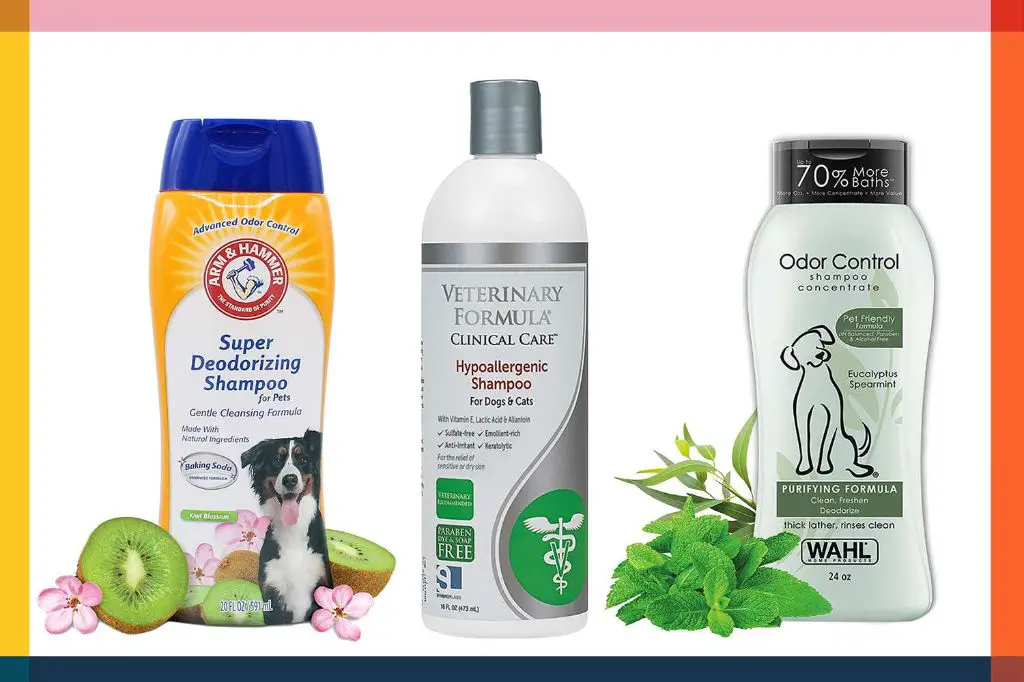Introduction
Starting a successful dog grooming business requires having the right equipment and supplies. While it does require an initial investment, having quality tools that allow you to properly bathe, dry, cut, and style your furry clients is essential. The right equipment will allow you to efficiently and safely work on dogs of all breeds and sizes while providing a pleasant experience for pets and owners.
This article will provide an overview of the key pieces of equipment needed to get a professional dog grooming business up and running. We’ll cover the essential tools like clippers, scissors, nail trimmers, and shampoos, as well as other supplies like grooming tables and dryers that make the grooming process easier. Whether you’re outfitting a mobile grooming van or setting up a retail pet salon, having the proper gear will ensure you can deliver excellent service and build up your clientele.
Grooming Table
A grooming table is an essential piece of equipment for any dog grooming business. The table allows you to safely and securely position dogs at an ergonomic height for grooming. There are two main types of grooming tables:
Hydraulic Grooming Tables
Hydraulic grooming tables feature a scissor jack that allows you to raise and lower the table height as needed. They often come with a grooming arm that attaches to the table and holds the dog in place. Hydraulic tables provide flexibility to position dogs of different sizes at your ideal working height.
Electric Grooming Tables
Electric grooming tables offer push-button control to raise and lower the table. Some models come with electric grooming arms that can be adjusted at the push of a button. Electric tables allow for quick and easy height adjustments compared to hydraulic models.
When selecting a grooming table, consider the weight capacities, adjustable height range, and included features like arm styles. A quality table with good ergonomics and restraint options will make grooming much easier on you and the dogs.
Clippers and Blades

Choosing the right clippers and blades is crucial for efficiently and safely grooming dogs. Here are some key considerations when selecting clippers and blades:
Types of Clippers and Blades
There are generally two types of clippers:
- Detachable blade clippers – These allow you to change out the blade sizes as needed. They are versatile for grooming different breeds and styles. Popular detachable clipper brands include Andis, Wahl, and Oster.
- Fixed blade clippers – The blade is built into the clipper and cannot be changed out. While less versatile, these are lighter and may be better for precision trimming. Common fixed blade brands are Andis and Wahl.
Standard blade sizes range from #4 to #40. Lower numbers like #4 and #7 are for longer coats. Higher numbers like #10 and #30 are for shorter coats and precision trimming. It’s ideal to have a range of lengths to suit different breeds and cuts.
Maintenance
To keep clippers working properly:
- Oil blades regularly for lubrication
- Replace dull blades as needed for smooth cutting
- Clean hair and debris from blades after each grooming
- Store clippers in a protective case
Scissors
One of the most important tools for any dog groomer is a good pair of grooming scissors. There are a few different types of scissors that are useful for dog grooming:

Straight Scissors
Straight scissors, also called straight shears, are the most commonly used scissors for dog grooming. They have straight blades that are ideal for general coat trimming and most grooming tasks. Straight shears come in lengths from 5 to 8 inches. Choose a length based on the size of the dogs you plan to groom.
Curved Scissors
Curved scissors or curved shears have a slight bend in the blade that allows for more precision trimming in curved areas like legs, tails, ears, and faces. Curved shears provide more control and visibility when trimming around a dog’s eyes, nose, and mouth.
Thinning Scissors
Thinning scissors, also called thinning shears, have jagged blades with teeth that thin and texture the coat as you cut. They are used to remove bulk and blend uneven areas of a dog’s coat without major length reduction. Thinning shears help create a smooth, neat finish.
Quality grooming scissors are sharp and stay sharp through repeated use and sharpening. Look for stainless steel scissors made specifically for pet grooming. Regular sharpening by a professional will keep your grooming scissors in top condition.
Brushes and Combs
Brushes and combs are essential tools for properly grooming a dog’s coat. Here are some of the main types of brushes and combs you’ll need:
Slicker Brush – This brush has fine, wire pins that are ideal for removing mats and tangles from a dog’s coat. Slicker brushes help remove dead hair and dirt while spreading oils across the coat for a healthy shine.
Pin Brush – Pin brushes have rounded tips on the wire pins to gently brush through a dog’s hair without scratching the skin. They help smooth out the coat and stimulate the skin for natural oil production.
Bristle Brush – For short coated breeds, a bristle brush helps distribute oils and remove shedding hair. The bristles grab loose hair well while massaging the skin.
Comb – Metal combs with wide and narrow spacing between teeth are used to detangle and style a dog’s coat. Combs nicely finish a groom and help check for any remaining mats.
Having the right brushes and combs ensures you can properly brush out the dog’s coat from root to tip. This removes tangles, brings out a healthy shine, and evenly distributes the coat’s natural oils. The massage action also stimulates blood circulation in the skin for a healthy coat.
Bathing Equipment
Proper bathing equipment is essential for getting dogs clean and properly drying their coats. Here are some of the key items you’ll need:
Tubs
You’ll need a good tub with a ramp or steps for the dogs to easily get in and out. The tub should be deep enough to bathe large dogs and adjustable for smaller pets. Stainless steel tubs with splash guards are popular choices as they are durable, easy to clean, and help contain mess.
Sprayers
A flexible sprayer attachment allows you to thoroughly wet and rinse the dog’s coat. Look for one with adjustable pressure and temperature controls. Make sure the hose is long enough to easily maneuver around a large tub.
Dryers
A high velocity dryer cuts down drastically on drying time versus towel drying. Look for adjustable temperature and airflow settings. Stand dryers allow you to use both hands to brush and fluff the coat while drying. Some groomers also use cage dryers to free up their time.
Nail Trimmers
Proper nail care is an important part of dog grooming. You’ll need high-quality nail trimmers to safely and efficiently trim your client’s nails. There are two main types of nail trimmers to consider:
Guillotine Style
Guillotine style nail trimmers have a stationary lower blade and a movable upper blade that slices down to clip the nail. They provide a very clean, quick cut when positioned properly. Guillotine trimmers come in various sizes for different dog breeds. Make sure to get one appropriately sized for the dogs you’ll be grooming.
Scissor Style
Scissor style nail trimmers have two movable blades that come together like a pair of scissors to clip the nail. They may provide more control for careful nail trimming but the cut may crush the nail more. Scissor trimmers are also more prone to pinching the skin if the nail isn’t positioned just right.
You may want to invest in both guillotine and scissor style trimmers to use for different purposes. And be sure to get high-quality trimmers made specifically for dogs.
Grinders
In addition to trimmer styles, you may want to get an electric nail grinder. This rotary tool can smooth and round the edges of trimmed nails to reduce sharpness. Introduce grinders slowly to get dogs comfortable with the sensation before full use.
Proper nail care supplies like trimmers and grinders will help you safely trim client’s nails for a well-groomed finish.
Shampoos and Conditioners
Choosing the right shampoos and conditioners for a dog grooming business is crucial for properly cleansing and conditioning different types of coats. Here are some tips on selecting quality dog shampoos and conditioners:

- For normal coats, opt for gentle, soothing shampoos and conditioners made with natural ingredients like oatmeal and aloe. These will cleanse without over-drying the skin and coat.
- For dry, flaky coats, look for moisturizing formulas containing lipids, vitamins, proteins, and oils. These will hydrate the skin while restoring moisture balance.
- For oily coats, pick shampoos with antioxidants like vitamin E. These help regulate sebum production.
- For sensitive skin, avoid products with dyes, perfumes, and other irritants. Choose gentle, fragrance-free options.
- For itchy, irritated skin, use medicated shampoos containing soothing agents like oatmeal, aloe vera, or tea tree oil.
- Invest in a whitening shampoo for white dogs to keep their coats bright and clean.
- Get an anti-fungal shampoo for dogs prone to fungal infections.
- Have a degreasing shampoo on hand for quick cleanups between full baths.
Be sure to have shampoos and conditioners suitable for puppies, adults and senior dogs. Follow product instructions carefully for best results.
Other Supplies
In addition to the major equipment pieces covered so far, there are a variety of other supplies that are essential for operating a professional dog grooming business.
You’ll need plenty of towels on hand, both for drying dogs after their baths and for general clean-up. Stock up on towels made from highly absorbent materials like microfiber. You’ll go through towels quickly, so buy them in bulk.
Protect your own clothes while grooming with aprons or smocks. Look for water-resistant aprons that provide coverage over your torso and legs. Proper apparel can help keep you clean, dry, and professional looking.
A well-stocked first aid kit is a must for any pet grooming operation. Keep first aid supplies on hand for everything from minor scratches to more serious injuries. Essentials include gauze, bandages, antibiotic ointment, latex gloves, tweezers, scissors, and more. Know how to treat common grooming injuries like cuts, burns, or rashes.
You’ll also need cleaning solutions, pest control supplies, trash cans, paperwork, and office items to run your business efficiently on a daily basis. Organization is key – keep extra quantities of essentials within easy reach.
Setting Up Your Shop
When starting a dog grooming business, it’s important to set up your shop in an optimal way for both you and your canine clients. Here are some key considerations for the layout, plumbing, and electricity in your grooming space:

Layout: You’ll want an open floor plan with clear paths between stations. Have at least one grooming table per groomer, as well as space for bathing and drying. Make sure to allow room for dogs to comfortably wait their turn. Consider soundproofing walls or playing calming music to keep barking to a minimum.
Plumbing: Install industrial sinks and a high velocity dryer, which will make bathing and drying multiple dogs per day much easier. Make sure your plumbing can handle hair/fur build up. If desired, install a tub with ramp for easily bathing elderly or disabled dogs.
Electricity: You’ll need ample grounded outlets for clippers, dryers, and other equipment. Install proper lighting over grooming tables. Consider installing ceiling fans or AC units to keep the shop at a comfortable temperature for dogs. Place any hazardous electrical (exposed cords, outlets, etc) out of dogs’ reach.
Taking the time to optimize your shop’s layout, plumbing, and electrical will ensure it’s a safe, efficient, and welcoming environment for both canine clients and human staff alike.